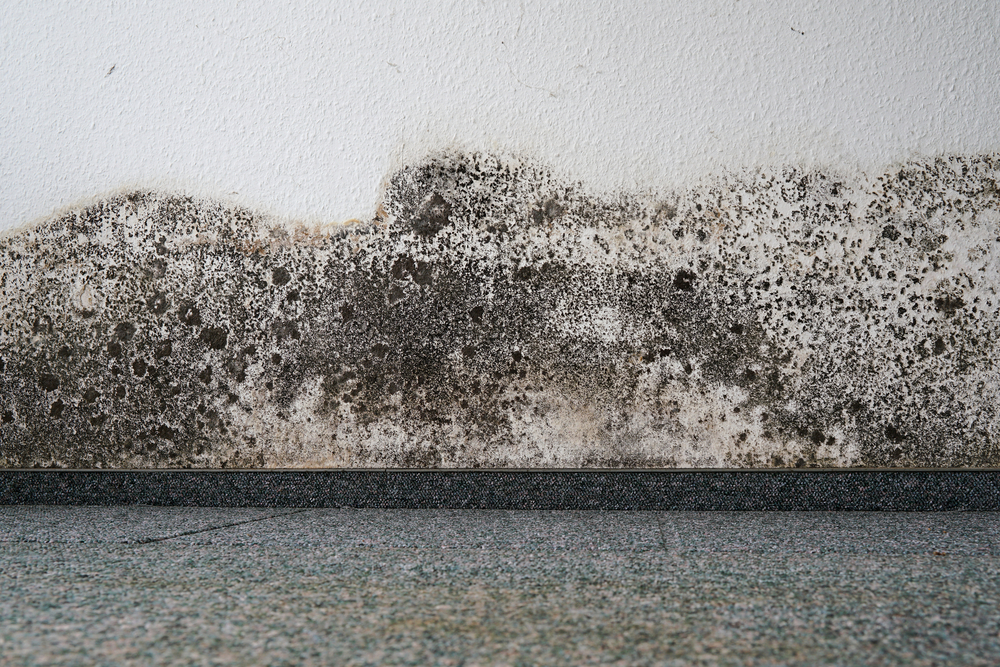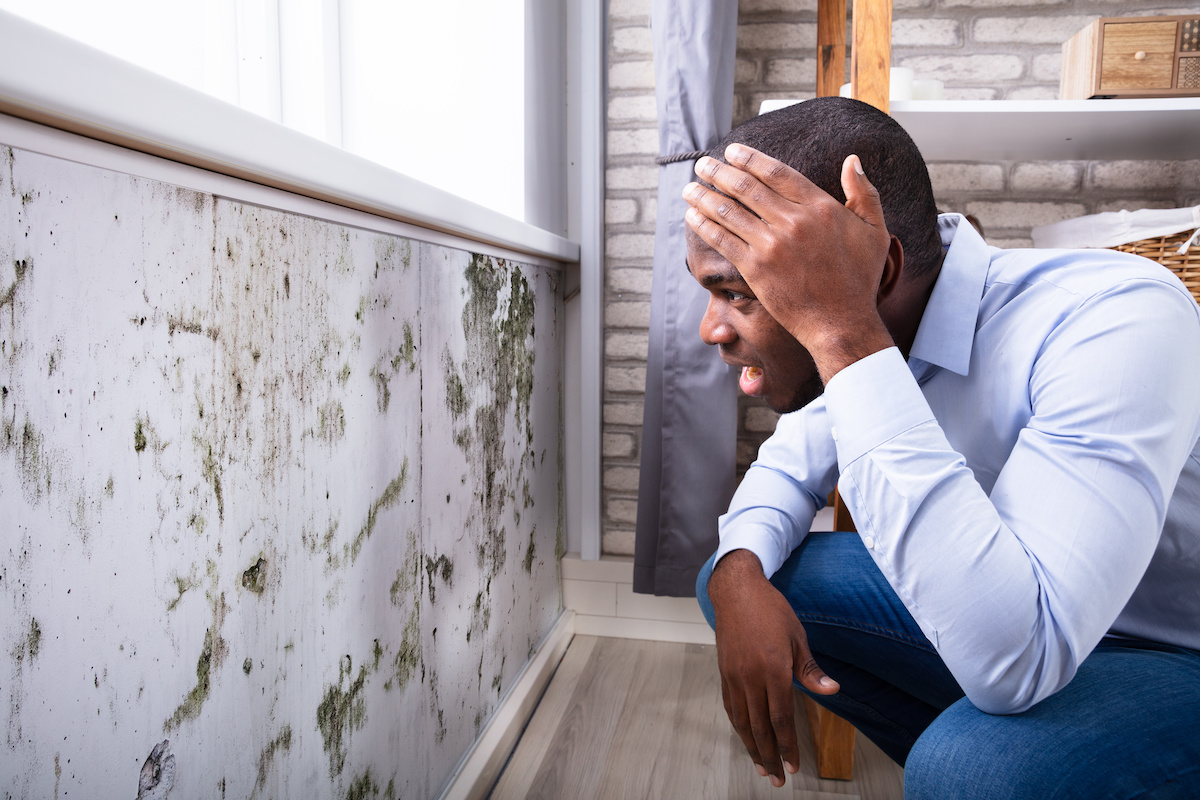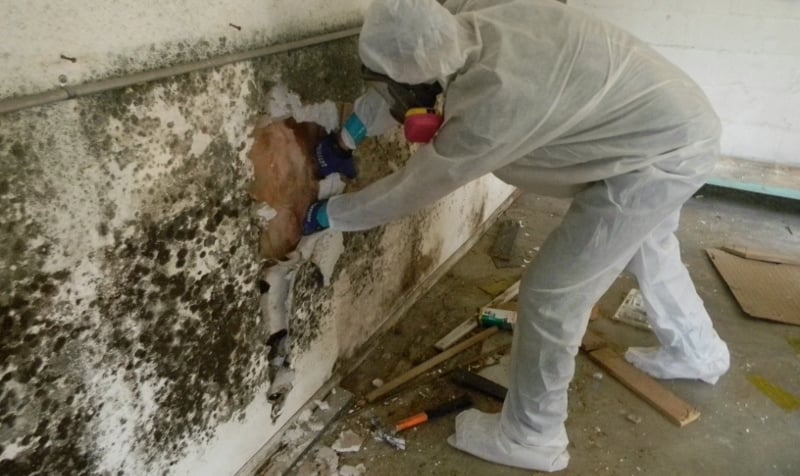Table of Contents

Mold issues are a common yet often overlooked problem in many homes. What starts as a small patch in a damp corner can quickly escalate into a significant issue affecting your health, property, and finances. Ignoring mold issues may seem like an easy way to avoid dealing with the hassle, but it can lead to severe consequences that are far harder to fix.
In this comprehensive guide, we’ll examine what mold issues are, their causes, and the dangers of neglecting them. We’ll also discuss the importance of timely action and how you can protect your home and loved ones from these hidden threats.
What Are Mold Issues?
Mold is a type of fungus that thrives in moist, humid conditions. Mold issues occur when mold spores find an environment conducive to growth, such as areas with water damage, high humidity, or poor ventilation. These spores can grow on walls, ceilings, carpets, furniture, and even inside HVAC systems.
Once mold begins to grow, it can spread rapidly, causing visible damage and releasing harmful spores into the air. Mold are not just unsightly—they’re a serious concern that requires immediate attention.
The Health Risks of Ignoring Mold Issues
Neglecting mold issues in your home can have significant health consequences for you and your family. Mold releases microscopic spores that can become airborne, affecting indoor air quality and posing a risk to respiratory health.
1. Allergic Reactions
Exposure to mold spores can trigger allergies, causing symptoms such as sneezing, runny nose, itchy eyes, and skin irritation. These reactions can worsen with prolonged exposure to it.
2. Respiratory Problems
Mold spores can irritate the lungs, leading to coughing, wheezing, and shortness of breath. People with asthma or chronic respiratory conditions are especially vulnerable to the effects of mold issues.
3. Toxic Mold Exposure
Certain types of mold, such as black mold (Stachybotrys chartarum), produce mycotoxins that can lead to more severe health problems, including fatigue, headaches, and neurological issues. Ignoring it of this type can have long-term health implications.
4. Weakened Immune Systems
For individuals with weakened immune systems, exposure to mold can lead to fungal infections and other serious health complications.
The Structural Damage of Mold Issues
Mold doesn’t just impact your health—it can also cause severe structural damage to your home. Here’s what happens when ignored:
1. Deterioration of Building Materials
Mold feeds on organic materials like wood, drywall, and insulation. Over time, it can compromise the structural integrity of your home, leading to costly repairs.
2. Hidden Mold Growth
Mold issues often occur in hidden areas, such as behind walls, under flooring, or inside ductwork. By the time you notice visible signs of mold, extensive damage may have already occurred.
3. Spread of Mold Spores
When left unchecked, it can spread throughout your home, making remediation more difficult and expensive.
The Financial Impact of Mold Issues
Ignoring mold issues can be a costly mistake. The longer you wait to address them, the more expensive they become to fix.
1. Increased Remediation Costs
It can often be resolved quickly and affordably, but extensive mold growth requires professional remediation, which can be expensive.
2. Decreased Property Value
Mold can make it difficult to sell your home. Potential buyers may see mold problems as a red flag, leading to lower offers or the need for costly repairs before a sale.
3. Insurance Limitations
Many homeowners’ insurance policies do not cover mold resulting from neglect, leaving you responsible for the full cost of remediation and repairs.

How Mold Issues Escalate When Ignored
Ignoring mold issues allows them to grow and spread unchecked. Here’s how they can escalate:
- Small Spot to Widespread Infestation
- What starts as a small patch of mold can quickly expand to cover large areas of your home.
- Hidden Growth
- It often develop in hidden areas, such as behind walls or beneath carpets, making them difficult to detect until the damage is severe.
- Airborne Spores
- As mold grows, it releases spores into the air, spreading to new areas and affecting indoor air quality.
Why You Should Address Mold Issues Immediately
The key to minimizing it is early detection and prompt action. Here’s what you can do:
1. Identify the Source
Mold issues often stem from water damage or high humidity. Fixing leaks, improving ventilation, and controlling humidity levels are crucial steps in preventing mold growth.
2. Consult a Professional
While small mold can sometimes be handled with DIY solutions, larger infestations require professional mold remediation services to ensure complete removal and prevent recurrence.
3. Invest in Prevention
After addressing, take steps to prevent them in the future. This includes regular home inspections, using dehumidifiers, and maintaining proper ventilation in moisture-prone areas.
Conclusion
Mold issues are more than just a nuisance—they’re a serious threat to your health, home, and finances. Ignoring mold problems allows them to escalate, leading to costly repairs, health risks, and even legal complications if you’re a landlord or property owner.
The best approach is proactive prevention and immediate action at the first sign of trouble. If you suspect mold in your home, don’t wait. Contact our professional mold remediation expert to assess the situation and provide an effective solution.
If you’re dealing with mold issues in your home, don’t let them get out of control. Contact our team of mold remediation experts on +1 305 894 4343 for a thorough inspection and tailored solution to keep your home safe and mold-free.
By addressing mold promptly, you can protect your home, safeguard your health, and avoid unnecessary expenses. Remember, when it comes to mold, time is of the essence.

